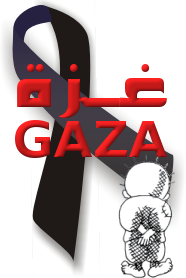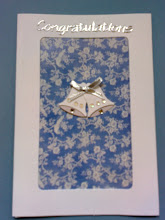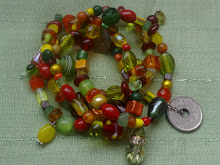The book had been sitting on my bookshelf but I was reluctant to read it with so many other good books to get through. When I finally had a look in a quiet moment, I was hooked.
The books are set in the mythical world of Earthsea; a number of islands inhabited by various people, each with their own ways of life. Amongst these people walk wizards, or mages serving the islands and working to maintain "the balance" or equilibrium that sustains this world. There are also dragons and evil "shadows" freed from the realm of death.

The books are about the wizard Sparrowhawk and track his life from childhood to middle age. The first of the books starts with a bang and the rest of the story takes us on an adventure through the mythical land of Earthsea as Sparrowhawk grows and learns about wizardry, power and also himself. We accompany him as he goes from headstrong, proud teenager to a young man who is haunted and almost seems to hate himself at times.
The second novel is told more from the point of view of the young priestess Tenar who serves the dark powers first seen in A Wizard of Earthsea, Sparrowhawk is more of acatalust leading Tenar to question her beleifes. This part of the quartet is not as epic in scale and the action set on a much smaller scale. We meet an older and wiser Sparrowhawk, a man who seems to be more at peace with himself and more accepting of fate.
The third story explores the various Islands of Earthsea and the different races that live in each. This is much more like the first in its sense of adventure and felt like a bit of a boy’s-own adventure at times.
All three are very readable and heavier on action than emotion although weightier issues such as good, evil, balance, race and gender weave through the stories.
The final installment, Tehanu, has a very different feel. It is told from the perspective of the priestess Tenar again, but there is a depth and a darkness to this final book that stands out. There is far less action and derring-do and this part of the quartet can feel ponderous at times. The novel is more detailed as it describes the everyday existence of some of the people of Earthsea. The characters have more depth here; Sparrowhawk is a completely different man and Tenar is older and more recognizable as a middle-aged woman: wise, strong, kind, vulnerable.
I was surprised after three books full of adventure, at the way the last deals with the issue that women, the weak and the elderly have to face (Perhaps this has something to do with the times the books were written 1972 and 1990 respectively). Whereas the first three would be fine for a child or teenager to read, the last deals with much more complex and sensitive issues such as child abuse, the powerlessness and humiliation of women and the way identity revolves around work and power for men.
If you like Tolkien’s the Lord of the Rings, you will probably like this. Expect less magic and fantastical creatures though and more introspection and mysticism.
































No comments:
Post a Comment